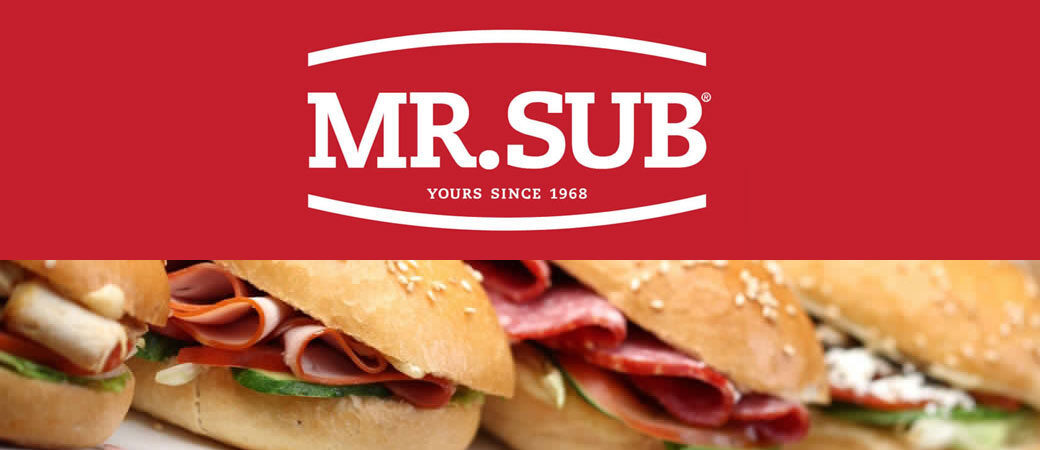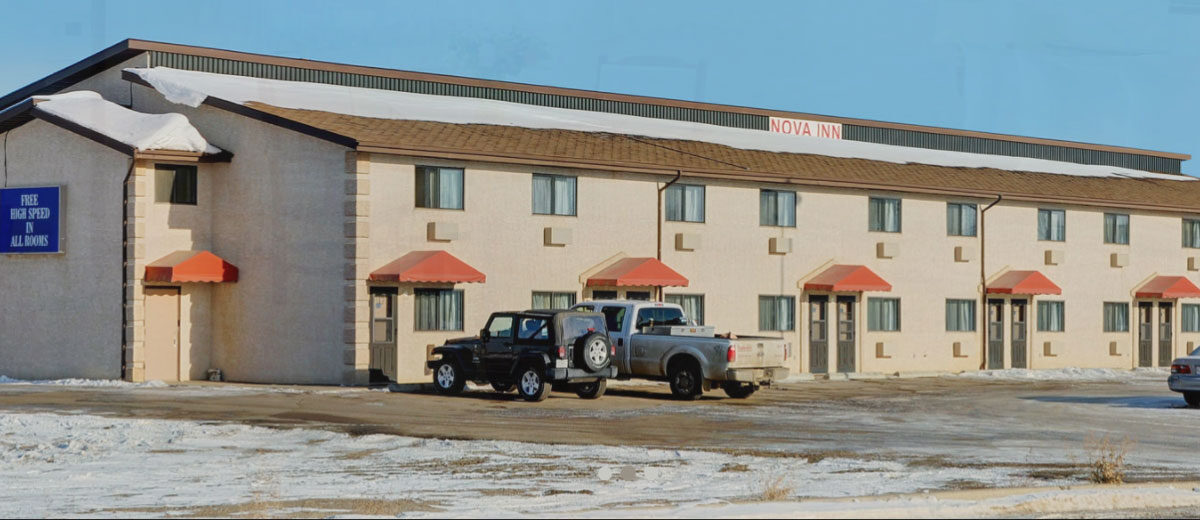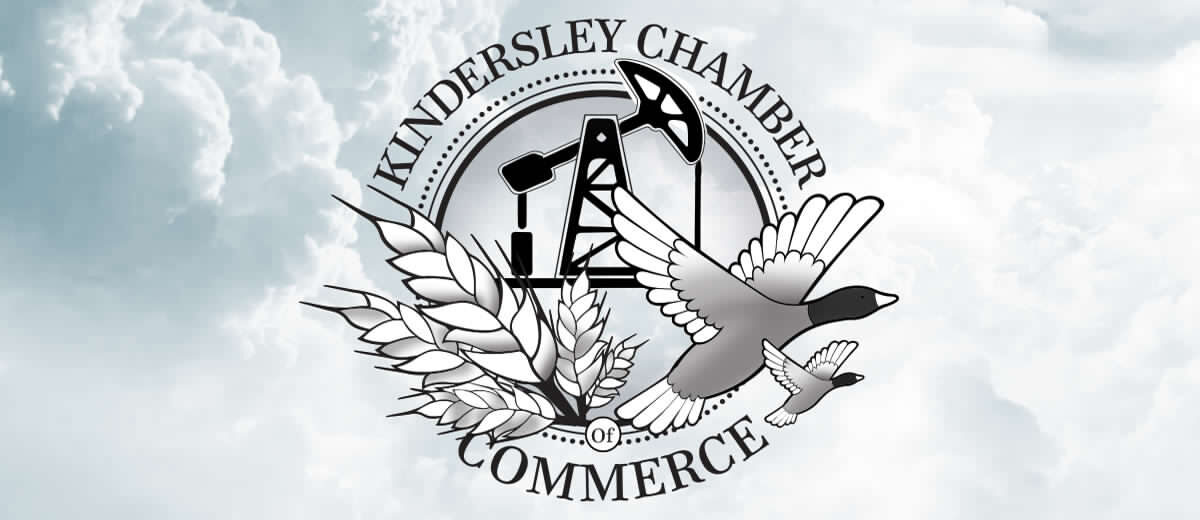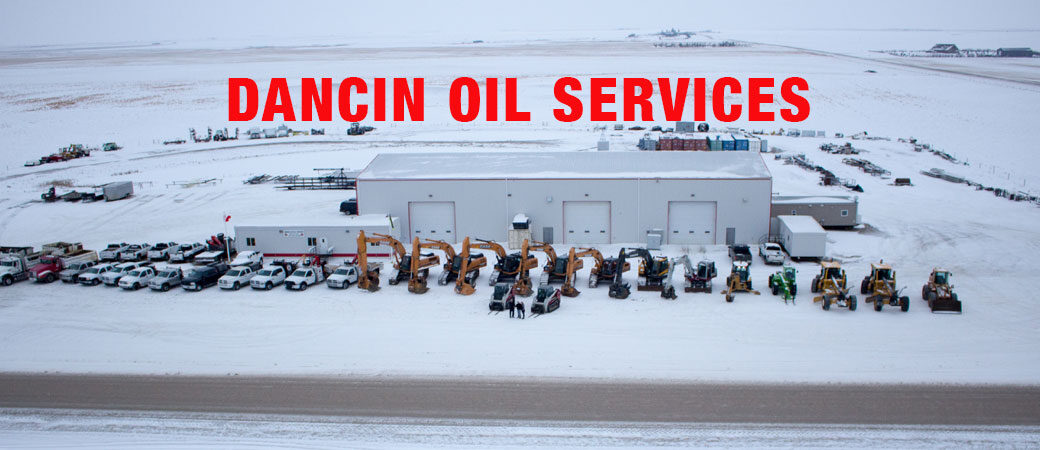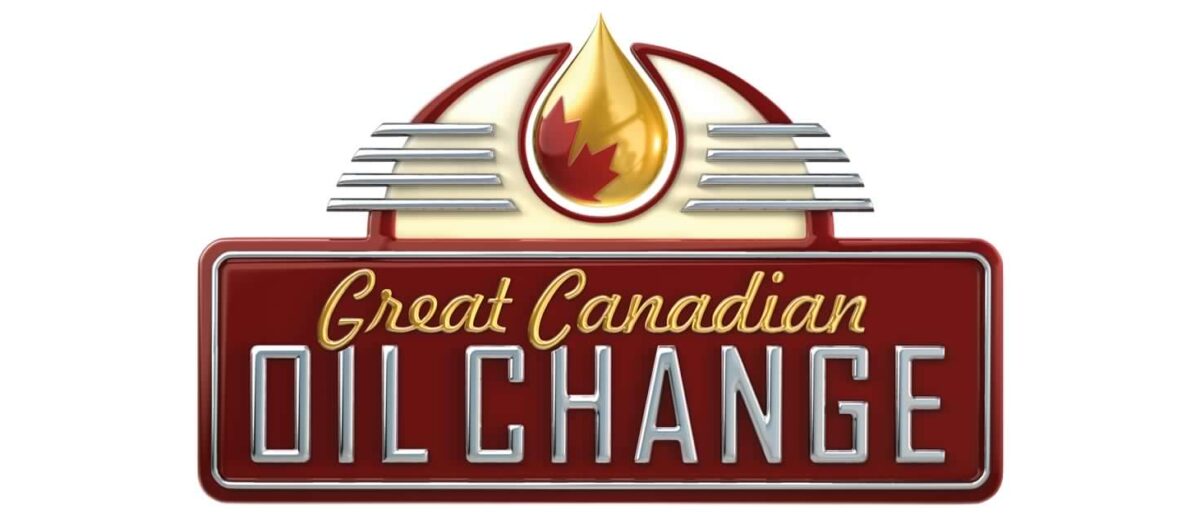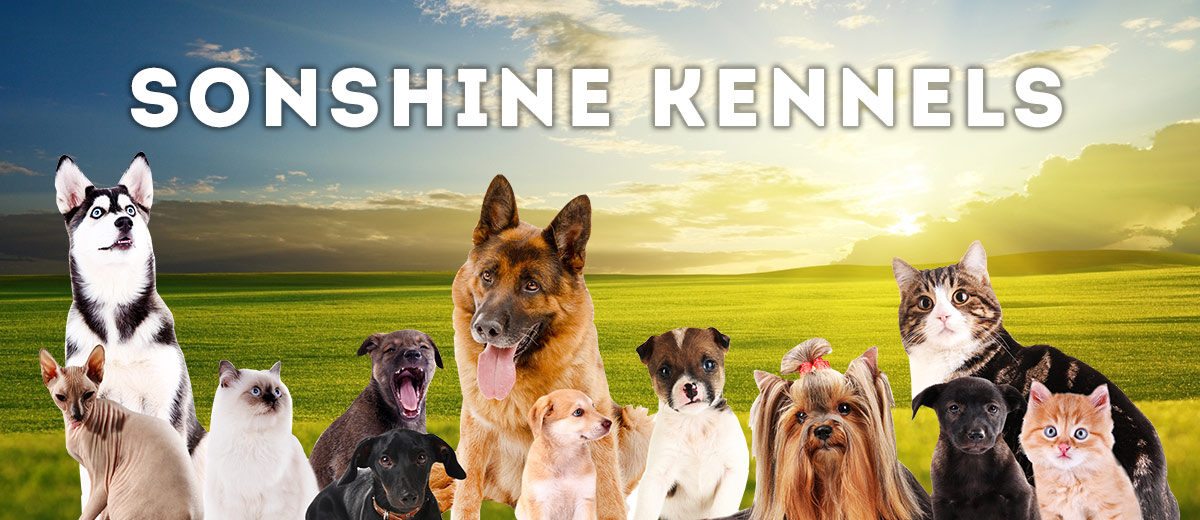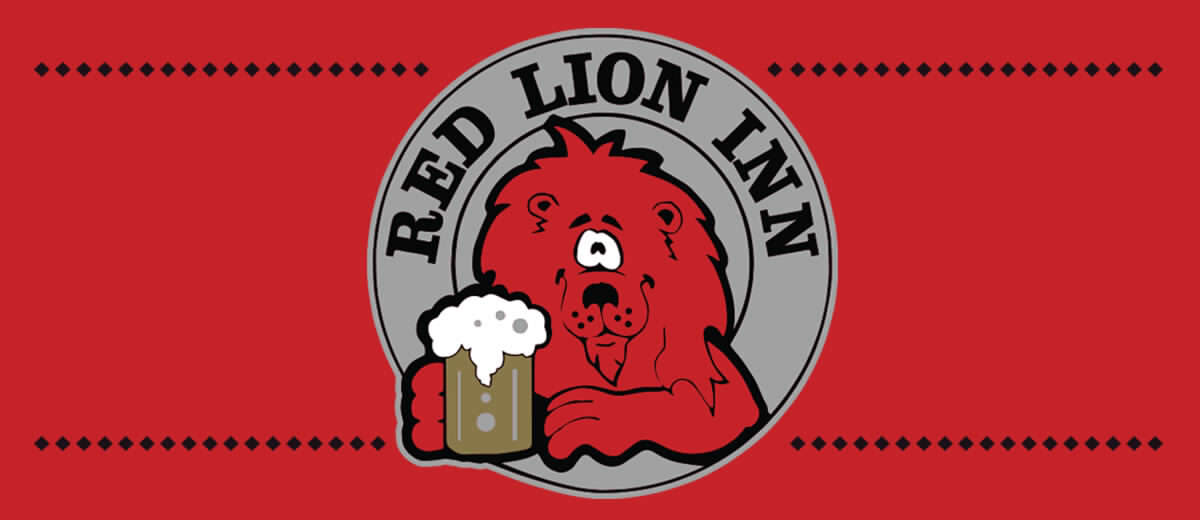Source: Jenifer Heyden, PAg, Regional Livestock & Feed Extension Specialist, North Battleford, June 2019
Pasture management may not be the most exciting activity, but it needs to be addressed and actions taken as conditions change.
We may have a plan set out in the spring, but often times mother nature throws a wrench in those plans and we need to make adjustments.
There are four principles of grazing management that producers must consider during the grazing season:
- Balance forage demand with forage supply
Every plant or combination of plants has an optimum and maximum production level that varies depending on species, environmental conditions, previous management, stand age and litter/carry over present. Live plant material captures sunlight and keeps that plant growing and producing biomass. The more of that material we remove, the longer the recovery period will be. - Distribute livestock grazing pressure evenly
Livestock, like humans, have preferences for places to eat and drink. Even distribution of livestock across a pasture means strategic and careful planning.
When livestock distribution is uneven, some plants can be overgrazed while others are under-grazed resulting in patchiness across the pasture. Strategically placed water sources, salt/mineral feeding stations or cattle oilers, for example, can help with livestock distribution. - Minimize grazing events during sensitive plant growth periods
Plant growth is most sensitive before the plant reaches the three leaf stage, as it is not adequately developed to capture the sun’s energy and must rely on stored energy reserves to sustain growth. If the plant is grazed before it reaches the three leaf stage, potential growth is greatly reduced, pastures become sluggish and undesirable species have a tendency to take over. - Allow effective rest after grazing
Effective rest is rest that occurs during the growing season. Winter dormancy does not count. High stock densities on small areas for short periods of time generally mean shorter recovery times, as less plant material is removed. Conversely, if livestock remove a large proportion of plant material, recovery time/effective rest period is longer as it takes more time to mobilize and replenish energy reserves required for sufficient regrowth.
Careful grazing management is crucial around riparian areas, the green zone around lakes and wetlands, along creeks, streams and rivers; basically, the transitional zone between water and upland areas. Pay attention to the season of grazing, the frequency of grazing and rest periods, stocking rates, livestock distribution, and plant carryover. It is important to limit access to riparian areas when the ground is soft and easily disturbed by hoof action. Carry over is important so that bare patches are not present, resulting in the growth of undesirable plant species.
It is important to realize that even with the best laid plans and management, weather/climate conditions can result in poor moisture on pasture, growth can be limited and recovery can be slower than expected. It’s important to have Plan B or even Plan C in mind, especially if conditions in the fall were less than ideal. There are a few management strategies that can be considered when summer pasture falls short:
- Supplementing cows on pasture
If there is some grass growing, grazing time can be extended by feeding grain, hay or straw in the pasture. Feeding five pounds (2.5 kg) of barley per cow per day is the equivalent of having 20 per cent more pasture. - Annual crops for grazing
Annuals are often seeded in late spring for use as greenfeed or as a swath grazed crop. Although seeding spring cereals for pasture is not the norm, it is an option. Grazing a spring seeded cereal crop in the summer can provide some rest and recovery for perennial pasture, while providing generally safe and nutritious grazing for livestock. - Creep feeding
Creep-feeding, the practice of providing supplemental feed to calves in order to increase their average daily gain and weaning weight, can be a useful management tool when milk production declines or pasture growth is inadequate. Creep-feeding is most effective during moisture stress, or whenever quantity or quality of the pasture does not meet the calf’s nutritional requirements for growth. When milk and creep-feed are available, the creep-feed will be substituted for forage. Under poor growing conditions, creep-feeding may conserve enough forage to maintain pasture condition. It is estimated that for every one pound (0.5 kg) of creep-feed consumed by the calf, there is a savings of 0.5 to one pound (0.25 to 0.5 kg) of forage. - Early weaning
Early weaning can alleviate stress on pastures. It can also alleviate stress on cows and allow them to maintain their condition more easily. Research has shown that by the time a calf reaches 120 days of age, more than half of the calf’s energy requirement comes from sources other than milk. This means that calves are consuming forage if no other supplement is provided, which can take available forage away from the cow. Removing the calf will not only eliminate their forage intake, but also eliminate the nutritional demand of lactation on the cow. Cow intakes have been shown to decrease by as much as 40 per cent when calves are weaned early. This intake reduction could be the needed decrease to deal with poor pasture conditions and limited hay supplies. - Culling
Without the proper resources, animals cannot be properly cared for. Evaluating animals based on herd standards is part of the decision towards cull selection. Herd standards can assist operations in making decisions. Basic standards can relate to structural soundness, frame size/capacity, udder development and attachment, milk production, calving ease, calf viability, and temperament. These standards should be reflective of the goals for the operation and therefore may differ slightly between operations. Observation and production records can be utilized to ensure only animals meeting herd standards are kept. Animals that do not have a live healthy calf at foot should be culled, late-bred animals could also be considered for culling.
When conditions are dry and pasture growth is limited, it can be hard to resist the urge to use the forage that is there, however careful consideration of the future consequences of that action must be made. Grazing management strategies combined with other management decisions in times of pasture shortfall can alleviate stress on pastures and on producers. Have a plan in mind, monitor pasture and livestock condition, and be prepared to move forward with plan B if needed.
For more information about this or other related topics, contact your local Saskatchewan Agriculture Regional Office, call the Agriculture Knowledge Centre general inquiry line at 1-866-457-3377 or email aginfo@gov.sk.ca.
For the latest information and for more updates on everything Kindersley ‘Like’ the Kindersley Social Facebook page below…






